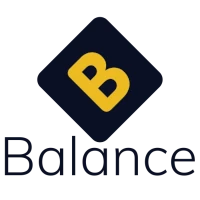If your business still relies on spreadsheets for bookkeeping, you may not need to change everything to comply with Making Tax Digital (MTD) at least not right away. With bridging software for MTD, you can still use spreadsheets while meeting HMRC’s digital submission requirements.
This guide explains what bridging software is, who needs it, and how to choose the right tool.
What Is Bridging Software for MTD?
Bridging software is a digital tool that connects your spreadsheets to HMRC’s Making Tax Digital (MTD) system. It enables businesses that still keep records in spreadsheets to remain compliant by creating a secure digital link with HMRC.
With bridging software, you can:
- Import VAT or income tax figures directly from your spreadsheets.
- Convert the data into HMRC’s required digital format.
- Submit your return to HMRC via their API without retyping figures or breaking the digital link rules.
In short, bridging software “bridges” the gap between your manual records and HMRC’s digital gateway.
Important: While bridging software can keep you compliant in the short term, HMRC strongly encourages businesses to move towards fully integrated cloud accounting systems. These provide better automation, fewer errors, and real-time visibility of your finances.
When Should You Use Bridging Software?
Bridging software can be a useful short-term solution for businesses that are not yet ready to move fully into cloud accounting. It works best in situations such as:
- Spreadsheet-based record keeping – if your business currently maintains accounts in Excel or similar tools.
- Transition phase – when you’re not yet ready to migrate fully to a cloud system but still need to comply with MTD.
- Accountants with multiple clients – where firms manage client data in spreadsheets and need a quick way to file digitally.
- Specialised VAT calculations – where complex or customised VAT processes cannot easily be replicated in standard accounting software.
Note: Bridging software should generally be viewed as a temporary solution. Over time, moving to fully integrated cloud accounting software offers greater efficiency, fewer risks, and full compliance without manual workarounds.









